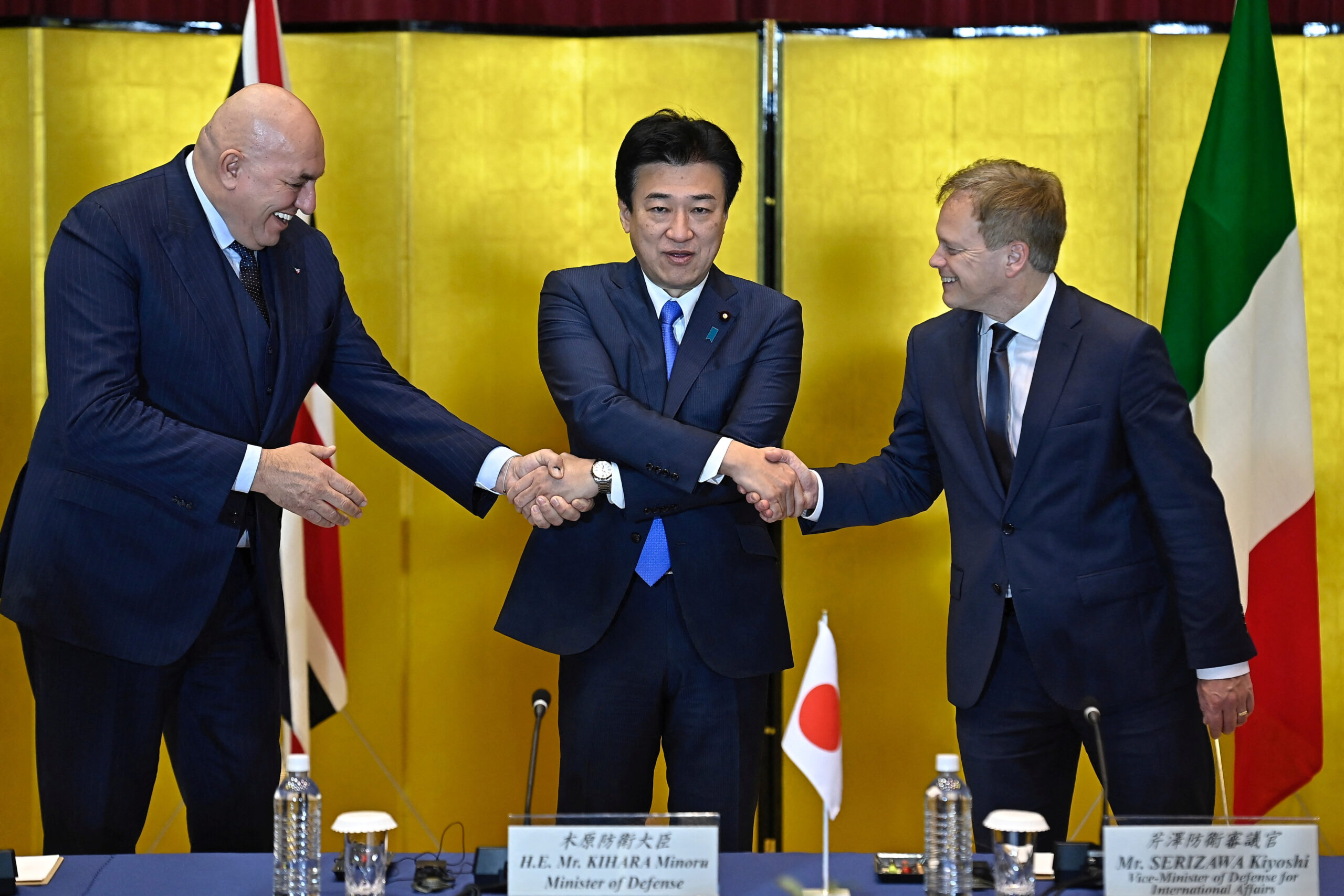Is there a secret to longevity? This health expert says 1,000% yes
In the era of social media, post-COVID, and with mental health at the forefront, a shift is taking […]

According to Reuters, this landmark agreement, which happens to be the first of its scale among the three parties, follows nearly a year of collaboration on various military and weapon system-related issues between the three nations. The collaboration involves merging the independent next-generation fighter initiatives of London and Tokyo.
The defence ministers emphasized that the accord must be ratified by the parliaments of all countries for the combat aircraft to be operational by 2035, with its joint development phase set to commence in 2025.
Key components of the Global Combat Air Programme (GCAP), including the joint governmental command and the contractor counterpart, will be headquartered in Britain. The CEO of the first company will be from Japan, while the second company’s leader will be from Italy, as stated in an official announcement.
British Defence Minister Grant Shapps highlighted the unprecedented nature of this collaboration, stating, “No nation can do this alone to this level of expertise combined with our skills and our equipment, with our design and ability on production lines.”
Shapps, along with Italian Defence Minister Guido Crosetto, emphasized the critical importance of securing air supremacy in the face of the most complex security situation since World War Two.
While Minoru Kihara, Japan’s defence minister, did not disclose the head of the particular company, he affirmed that the selection criteria would prioritize a suitable candidate.
After months of negotiations, the Italian Defence Ministry confirmed that Italy, Britain, and Japan would each hold equal stakes with a 33% share in the project.
This confirmation dispels earlier conjectural reports suggesting dominance by Japan and Britain in the alliance. The British authorities outlined that the radar of the supersonic stealth jet will provide about 10,000 times more information than any existing systems.
Major contributors to the project include BAE Systems and Rolls Royce from the UK, the Italian company Leonardo, and the European missile maker MBDA. Japanese companies such as Mitsubishi Heavy Industries, Mitsubishi Electric Corp, IHI Corp, and Avio Aero are also integral to this landmark partnership.

In the era of social media, post-COVID, and with mental health at the forefront, a shift is taking […]

With its fast speeds and revolutionary potential, 5G stands out as a noteworthy milestone in the field of […]